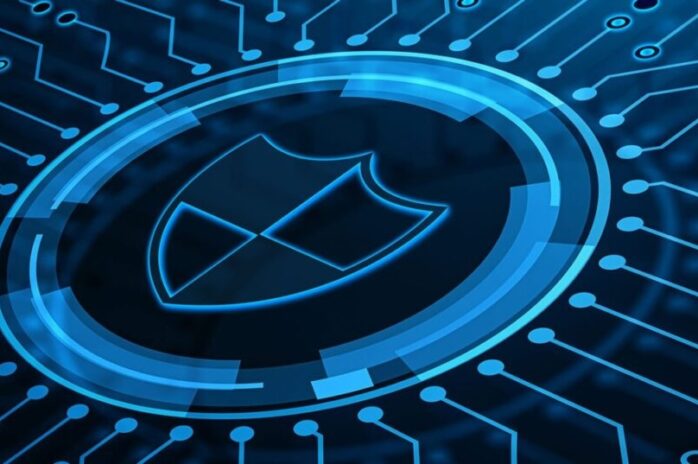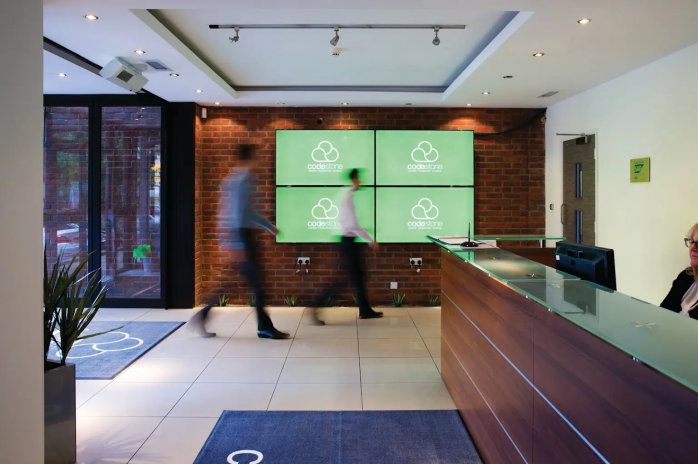Cyberthreats are a danger that looms large over businesses of every size and in every sector. With each passing day, newly devised threats are on the rise. Attackers are growing more sophisticated, and no organisation is too big or small to overlook the potential damage cyberthreats can cause. As incidents of cyberattacks continue to increase, with cyber exploits up 21% in the second quarter of 2024, it is high time businesses take urgent measures to protect data and infrastructure. While advanced solutions for security may be totally out of budget for some little businesses, certain basic practices reduce a company’s risk of falling victim to cyber threats massively.
Five Essential Steps to Fortify Your Business Against Cyber Threats
Cybersecurity doesn’t have to be overwhelming; by breaking the process down into manageable steps, organisations can protect themselves against the most common cyberthreats. Here are five core steps that can greatly enhance cybersecurity and help protect against the most frequent attacks:
1. Strengthen Account Security with Multi-Factor Authentication (MFA)
Multi-factor authentication (MFA) is among the most effective security technologies responsible for raising the bar and making it decidedly harder for unauthorised users to reach your systems. That is because MFA will compel users to prove their identity through multiple means, such as by inputting a code from their mobile device in addition to a password.
With MFA, even when a password has been compromised or inadvertently exposed, entry will be prevented without a second verification step. Since so many cyber compromises start with compromised login credentials, MFA is one of the simplest and most effective ways to protect sensitive accounts. The next step for effective implementation of MFA is to have all your employees enrolled in MFA for every critical application and account, such as email, cloud storage, and administrative access. It involves periodically reviewing and updating the settings to take into account newly identified vulnerabilities of verification methods.
2. Shift to a Zero Trust Security Approach
Zero Trust assumes, by default, that no user or entity with devices should be trusted. Instead of giving broad access based on the network location, Zero Trust authenticates and then re-authenticates users and devices alike to grant many different levels of access to other parts of the network. This model contains potential intrusions, inhibiting attackers and preventing them from moving stealthily through systems.
The key elements of a Zero Trust strategy include measures for checking users’ identities, such as MFA, a constant network monitoring process, and a “least privilege” approach, where users are granted the minimum amount of access to allow them to accomplish the tasks they are required to do. Zero Trust also means that the company reduces the eventual damage in case of a breach by building a more resilient security framework. To keep Zero Trust strategies effective, user permissions should be reviewed against actual job requirements regularly.
3. Implement Advanced Threat Detection and Response Tools
The capabilities of rapid identification and quick response are essential in cybersecurity tools and can provide immunity from small incidents that otherwise would snowball into major breaches. Extended Detection and Response (XDR) threat detection solutions provide visibility throughout your network, leveraging AI and analytics to expose patterns or potential threats that are abnormal. XDR is also different from traditional antivirus in that it takes data from disparate sources, like endpoints and network traffic, and stitches them together into one complete view for extensive visibility into security events.
Coupled with robust anti-malware software solutions, these tools can recognise unusual activity and catch attacks early. Of course, keeping these tools updated is crucial as older versions of software can become liabilities and even vulnerabilities that attackers look to exploit. Organisations that are unable to keep up with regular updates should use a managed service provider to help ensure that protection is kept at its best. Other solutions, such as setting up auto-updates for both XDR and anti-malware solutions and performing periodic reviews, can help further fine-tune your tools’ configuration for maximum efficacy against the dynamic threat landscape.
4. Keep Your Systems Up to Date and Patched
As mentioned above, cybercriminals frequently exploit vulnerabilities in outdated software, making regular updates crucial. Systems need to be updated at every level, from firmware to software applications and network hardware. To avoid the risks of outdated systems, regular updating is key. Patches for security bugs are released that, if put into place at the earliest possible opportunity, will significantly reduce the risk of attacks.
It is for this reason that organisations need to develop a formal patch management program that can ensure timely updates, in particular for critical patches and important systems containing sensitive information. Automation of updates wherever possible ensures that this layer is constantly maintained without the risk of human oversight. Additionally, keeping a thorough change log to keep track of changes and areas that require special maintenance can help ensure that your security remains comprehensive and up to date.
5. Protect and Back Up Your Data
Data is the core of any organisation and, as such, presents the first target for cybercriminals. Effective protection of data through measures such as encryption and frequent backups ensures that critical information cannot be compromised even when it falls into the wrong hands. Encryption, both in storage and transit, ensures that unauthorised users cannot easily access or misuse data.
Regular data backups are also of essence in light of the increasing ransomware attacks. To that effect, a sound backup strategy (including snapshots, say, kept in a non-easily-alterable format) enables an organisation, in the event of such an attack, to restore data without having to pay a ransom. Testing these systems on a regular basis ensures, too, that data can indeed be recovered quickly and efficiently when needed. In addition, establishing clear data classification policies, supplemented by periodic audits, can help guarantee your data protection mechanisms are working.
Enhancing Cybersecurity Resilience Through Core Practices
Cyber threats are unrelenting, but that does not mean that meaningful steps cannot be taken on the part of organisations to reduce exposure and build resilience. Taking all these essential practices, MFA, Zero Trust, XDR, regular updates, and data protection together form a robust foundation for digital security. What these practices do is more than protect your organisation from a lot of common cyber threats; they also ensure your organisation is in an excellent place to respond quickly when issues do arise.
Despite this, it’s important to keep in mind that cybersecurity is a journey, not a destination. By periodically conducting comprehensive security assessments, businesses can identify vulnerabilities, evaluate their current security posture, and take steps to enhance their defences. Cybersecurity is a shared responsibility; from executive teams to individual employees, everyone plays a part in keeping the organisation secure.
If your organisation is looking to strengthen its cybersecurity posture, consider consulting with a managed security service provider like Codestone’s CyberCare. CyberCare offers 24/7 security monitoring, proactive threat detection, and real-time response solutions tailored to the needs of modern businesses. With CyberCare’s AI-powered threat management and a team of dedicated cybersecurity professionals, you can safeguard your business against both common and advanced cyber threats.










































































